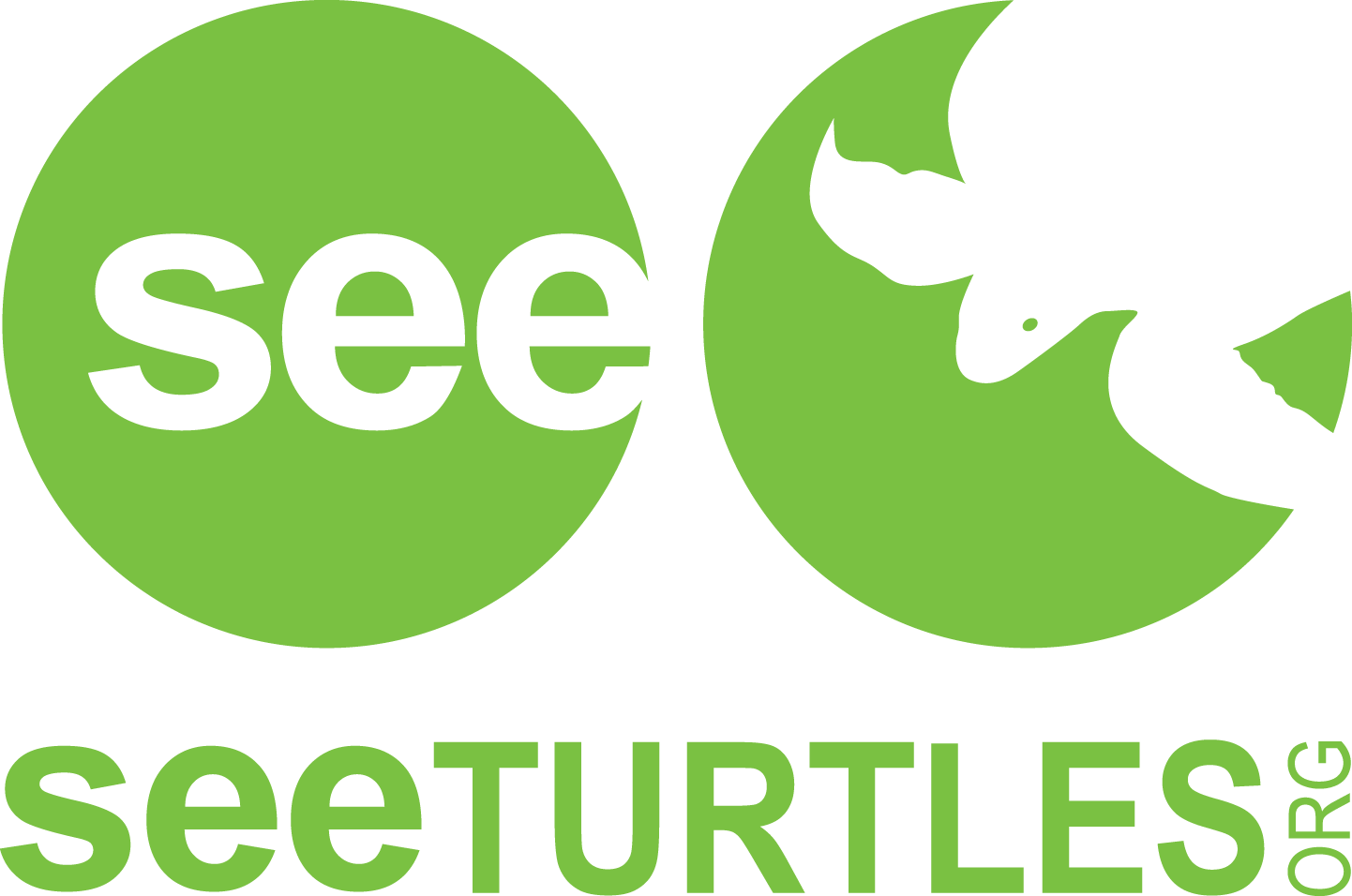St. George's Caye
Historical St. George’s Caye is less than 10 miles from Belize City and one mile from the Belize Barrier Reef, making it an ideal location for getting to and from the mainland and reef ecosystems. The island was the country's first capitol in the 1700's and was the site of an important naval battle between the British and Spanish. Catching sea turtles for export was a common early activity here, you'll see docks that have the design of the original turtle crawls. The island is now home to the EcoMar Research Station, which coordinates research and conservation activities for sea turtles, dolphins, manatees, conch, and the area's reefs.
Belize Barrier Reef
The world’s second largest coastal coral reef system, the Mesoamerican Barrier Reef is more than 500 miles long, stretching from Mexico’s Yucatan Peninsula to Honduras. The reef is home to dozens of marine protected areas, more than 60 species of coral, 350 species of mollusks, and 500 species of fish. Several species of sea turtles and dolphins and one of the world’s largest population of manatees, with more than 1,000 living in the region. The Belize Barrier Reef is a series of coral reefs along the entire coast of the country, part of the Mesoamerican Barrier Reef. Roughly 1/3 of the Mesoamerican reef can be found in Belize, nearly 200 miles long and covers 370 square miles. The reef is hugely important to the country, being the number one tourist attraction, the source of seafood for many fishermen, and they provide habitat for an extraordinary diversity of marine life.
Our Partner - EcoMar
EcoMar coordinates marine conservation projects that focus on conserving the Belize Barrier Reef Reserve System World Heritage Site, associated marine ecosystems and the diverse marine life that is so important to the people that live near the coast and those that come to visit and explore the marine realm that has made Belize famous. EcoMar encourages stakeholders to learn more about the marine ecosystems that support their livelihoods. When resources users are more knowledgeable about the ecosystem processes, they take ownership of the environment and become involved in protecting these valuable natural resources.
“Conservation through Education” is the underlying impetus for each of their projects which engage a diverse group of stakeholders including marine guides, fishermen, business owners, tourism associations, fishing associations, NGOs and educational institutions. Stakeholders that become volunteers help monitor conditions on the Belize Barrier Reef in a changing climate.




